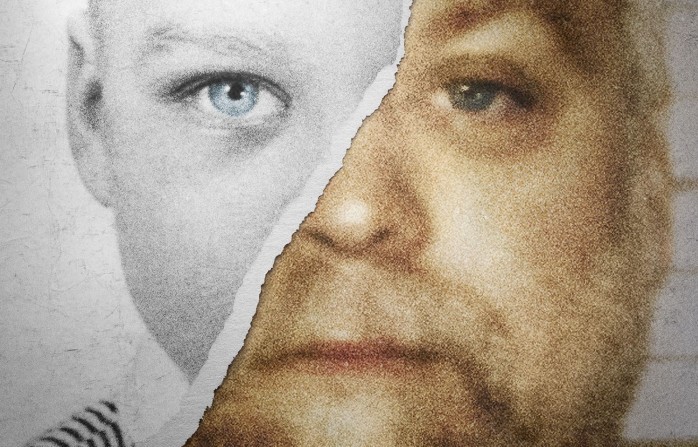Warning: This piece contains spoilers.
Making a Murderer has become an omnipresent subject of discussion in the media since its release in late December. Creators Laura Ricciardi and Moira Demos initially started working on the project in 2005, following the arrest of Steven Avery for the murder of photographer Teresa Halbach. The idea has since been shaped into a 10-hour long docu-series available on Netflix.
The story is shocking and succeeds in catching viewers’ attention from the onset. Steven Avery lived in Manitowoc County, Wisconsin his whole life. In 1985, he was wrongfully convicted of sexual assault against a well-known local, Penny Beerntsen. Once exonerated on DNA evidence and released in 2003, he returned to his family, only to become a suspect in a murder case two years later, in the midst of arguing a legal suit against the county for wrongful imprisonment. The series includes personal interviews with different members of his family and legal team, as well as phone calls with Avery himself and clips from various court hearings held over the years.
The aim of the show is to present a strong indictment of the US judicial system, even if that means sometimes cherry-picking facts that fit the creators narrative. While the start of the series manages to clearly show that Avery was framed and unjustly imprisoned, the uncertain circumstances around the Halbach's death may leave viewers, like the people of Manitowoc County, more skeptical about Avery’s innocence.
Before even presenting the case that the murder investigation has made against Avery, the creators repeatedly show the legal team and the family claiming Avery’s innocence. The angle used to approach the investigation of the Halbach murder presumes that the police of Manitowoc County were exercising ‘revenge’ against Avery for finding a way out of prison two years prior and subsequently suing the Sheriff’s Department for $36 million. For example, Avery’s lawyers attest during his trial that the crucial pieces of evidence against Avery, including the victim’s car keys, were planted by the police. In this way the show and the creators have received a great deal of backlash for omitting crucial pieces of evidence—such as multiple phone calls made from Avery to Halbach the day of her murder—as well as creating a bias for the audience by constantly insisting on Avery’s guiltlessness. Some viewers have criticized Ricciardi and Demos for not abiding by proper journalistic ethics, instead using the docu-series as a platform to express their discontent with the penal system.
The series has established a large fan base of crime show devotees who have begun coming up with theories of their own, with some viewers going as far as to have created a petition for a pardon from the White House, spreading the news using the hashtag #FreeStevenAvery. In reality, it seems onerous not only for the spectators of this story but also for the justice system to actually identify Avery’s role in the murder. While there is a multitude of evidence against Avery, as well as his nephew’s confession of aiding in the rape and murder of Halbach, there is the undeniable history of the Manitowoc County police’s animosity towards him and the unorthodox ways in which the investigation was carried out; however, it might be plausible that these 'agents of the law' would go to the extreme lengths of framing this man again (including, planting blood and DNA) just because they disliked him. Despite these discrepancies, the Making a Murderer undoubtedly succeeds in instilling the idea that the American justice system, destroys the lives of more individuals than it protects.








